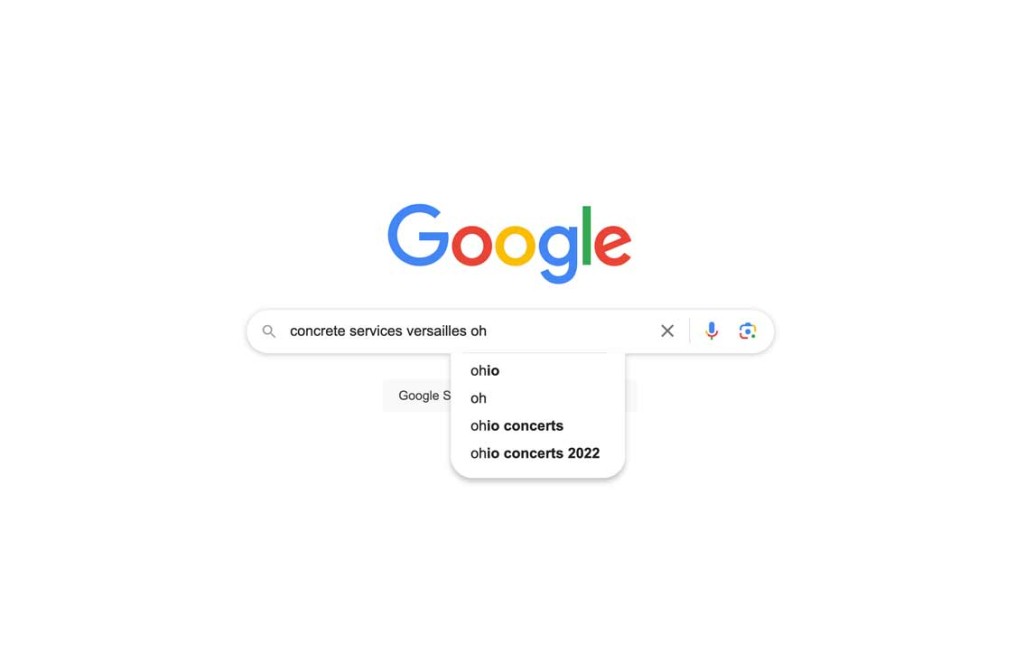
6. Backlinks and Link Building
Backlinks from reputable sites remain a significant ranking factor. Effective strategies include:
- Guest Blogging: Contributing articles to authoritative websites.
- Broken Link Building: Finding and replacing broken links on other sites with your own content.
- Content Partnerships: Collaborating with influencers and other content creators.
7. Local SEO
For businesses targeting local markets, local SEO is vital. Key actions include:
- Google My Business: Maintain and optimize your GMB profile.
- Local Keywords: Use keywords that include location-based terms.
- Customer Reviews: Encourage satisfied customers to leave positive reviews.
8. Voice Search Optimization
With the rise of smart speakers and voice assistants, optimizing for voice search is becoming increasingly important. Tips include:
- Natural Language: Use conversational language and questions.
- Featured Snippets: Aim for content that answers questions directly and concisely.
- Local Search: Many voice searches are local, so optimize accordingly.
9. Structured Data and Rich Snippets
Implementing structured data (schema markup) can enhance your search listings with rich snippets, which can improve click-through rates. Common uses include:
- Product Information: Prices, availability, and reviews.
- Events: Dates, locations, and descriptions.
- FAQs: Structured question and answer formats.
10. Social Media Integration
While social media signals are not direct ranking factors, they can amplify your content’s reach and indirectly support SEO efforts. Effective practices include:
- Content Sharing: Encourage social sharing of your content.
- Brand Engagement: Engage with your audience on social platforms to build brand awareness and loyalty.
- Social Proof: Use social media to gather reviews, testimonials, and user-generated content.
Conclusion
Staying on top of SEO trends in 2024 requires a comprehensive approach that combines high-quality content, excellent user experience, robust technical SEO, and effective link-building strategies. By focusing on these essential elements, you can improve your website’s visibility, drive more organic traffic, and achieve better search engine rankings.
